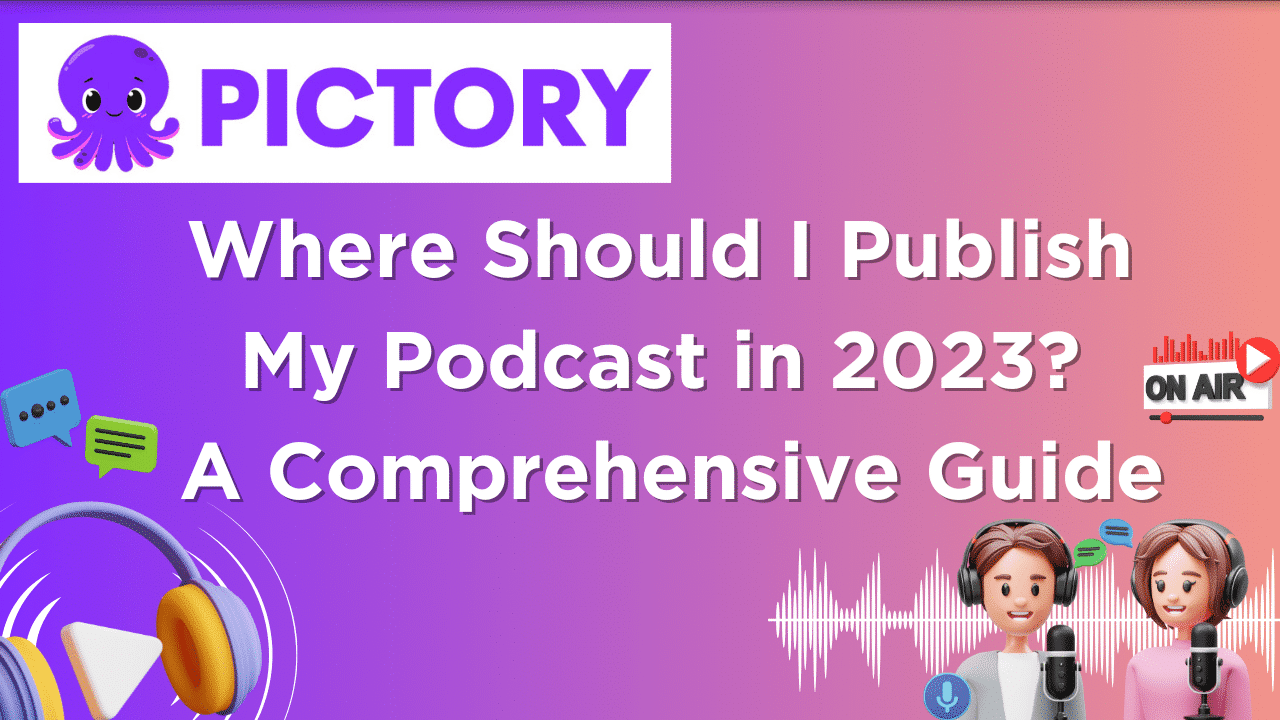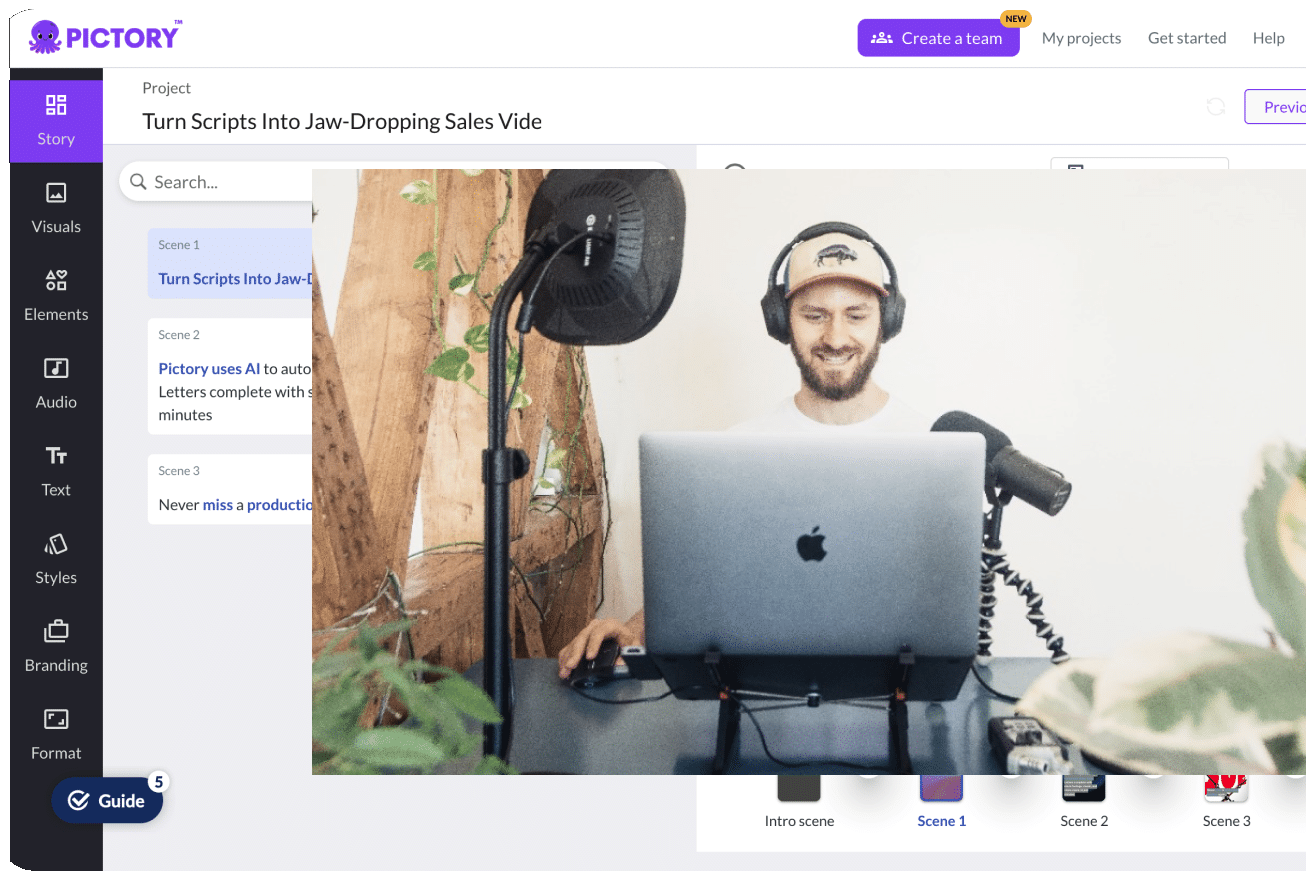Diving into the world of podcasting can be both exciting and overwhelming.
With numerous platforms and directories available, it’s crucial to navigate the landscape effectively to maximize your podcast’s reach and success.
This comprehensive guide will provide you with a roadmap to answer the question, “where should I publish my podcast?” in 2023, exploring the best directories, hosting platforms, and strategies for promotion to help you make informed decisions and achieve your podcasting goals.
Short Summary
-
-
Understand podcast directories and hosting platforms to maximize reach and visibility.
-
-
-
Submit your podcast to multiple directories, including Apple Podcasts, Google Podcasts, Spotify & more.
-
-
-
Monetize & promote podcasts through sponsorships/advertising or cross-promotion with other podcasters.
-
Understanding Podcast Directories and Hosting Platforms

In the podcasting world directories and hosting platforms are two distinct entities that play equally important roles in your podcast’s success.
Podcast directories are essentially apps and players that allow listeners to discover and consume your podcast episodes.
On the other hand, podcast hosting platforms are the services that store and distribute your podcast’s audio files to directories.
In other words, directories are the storefronts displaying your podcast, while hosting platforms are the warehouses storing your content.
Selecting the right podcast hosting service is crucial for your podcast’s growth and visibility.
As a podcast host, a reliable hosting provider will generate your podcast’s RSS feed and ensure your episodes are distributed to all relevant directories, including popular podcast hosting sites.
This way, your podcast will be accessible to millions of listeners across various apps and platforms, increasing your chances of gaining a dedicated audience.
The Importance of Podcast Directories

Listing your podcast in multiple directories is an essential aspect of reaching a larger audience and increasing your podcast’s visibility.
Each directory has its unique features and user base, and having your podcast available on various platforms increases the chances of potential listeners discovering your content.
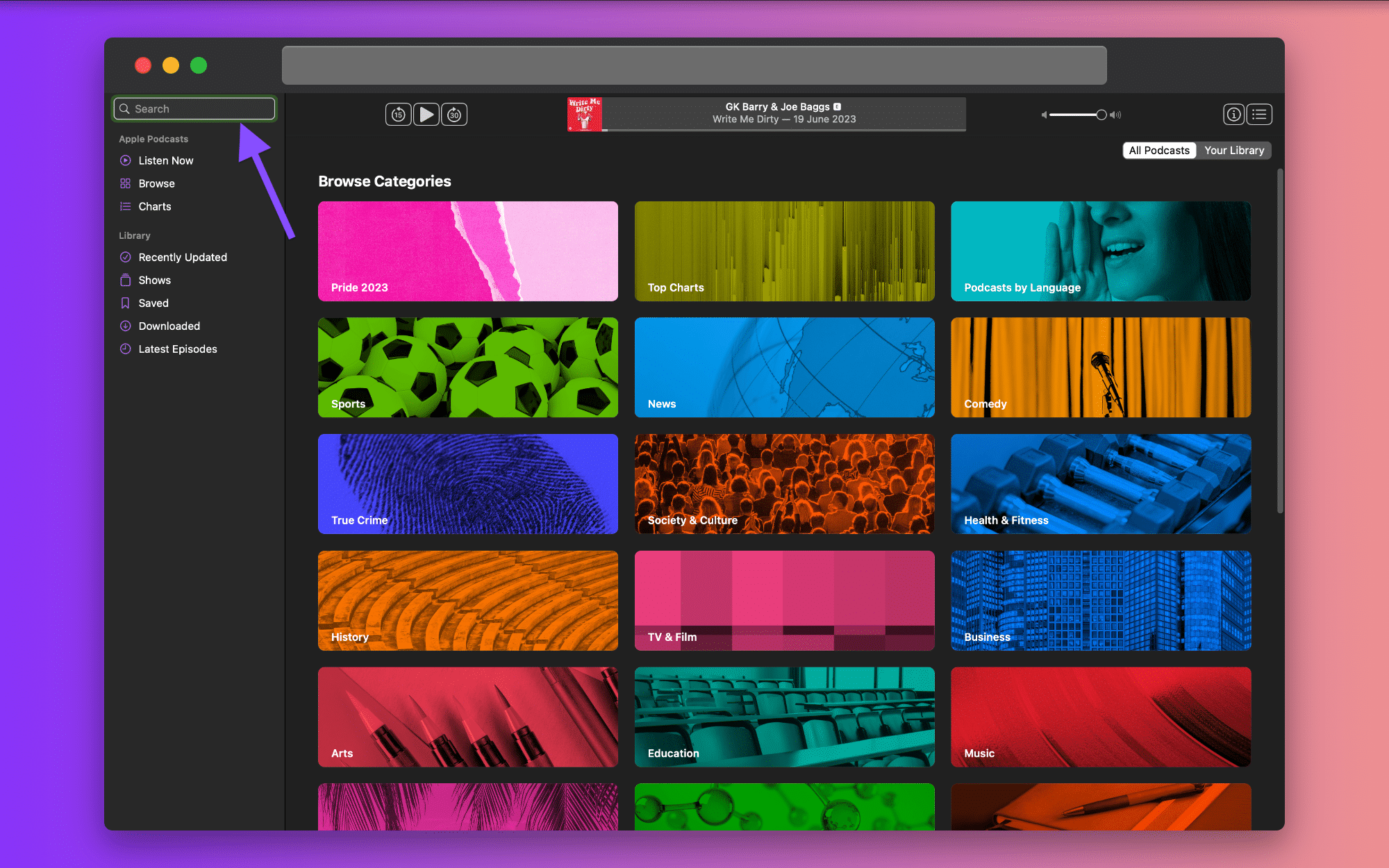
For instance, the Apple Podcasts app offers search bars, subscribe/follow buttons, ratings, reviews, and featured recommendations to help users find and continue listening to shows.
There’s no specific number of directories you should list your podcast with, but the more, the better.
By submitting your podcast to a wide range of directories, you increase the likelihood of reaching thousands of dedicated podcast listeners and expanding your audience.
This, in turn, can lead to a more successful and profitable podcasting journey.
Choosing the Right Podcast Hosting Platform

When selecting a podcast hosting platform, it’s essential to consider features, benefits, and compatibility with your needs.
A good hosting platform will provide you with an easy-to-use interface, reliable hosting service, and advanced podcast analytics to track your show’s performance.
Additionally, it should generate your podcast’s RSS feed and distribute your episodes to all relevant directories, ensuring a seamless experience for both you and your listeners.
Take the time to research and compare various podcast hosting providers before making a decision.
Look for a platform that offers the features and support you need while fitting within your budget.
By choosing the right hosting provider, you can ensure a smooth podcasting journey and maximize your podcast’s reach and visibility.
Top Podcast Directories to Publish Your Podcast

Now that you understand the importance of podcast directories and hosting platforms, let’s dive into some of the most popular podcast directories where you can submit your show.
We’ll provide instructions on how to submit your podcast to each platform, so you can reach more listeners and grow your audience.
Apple Podcasts is the largest podcast directory globally and is considered essential for podcast visibility. Some even argue that a podcast is not officially active until it is listed on Apple Podcasts.
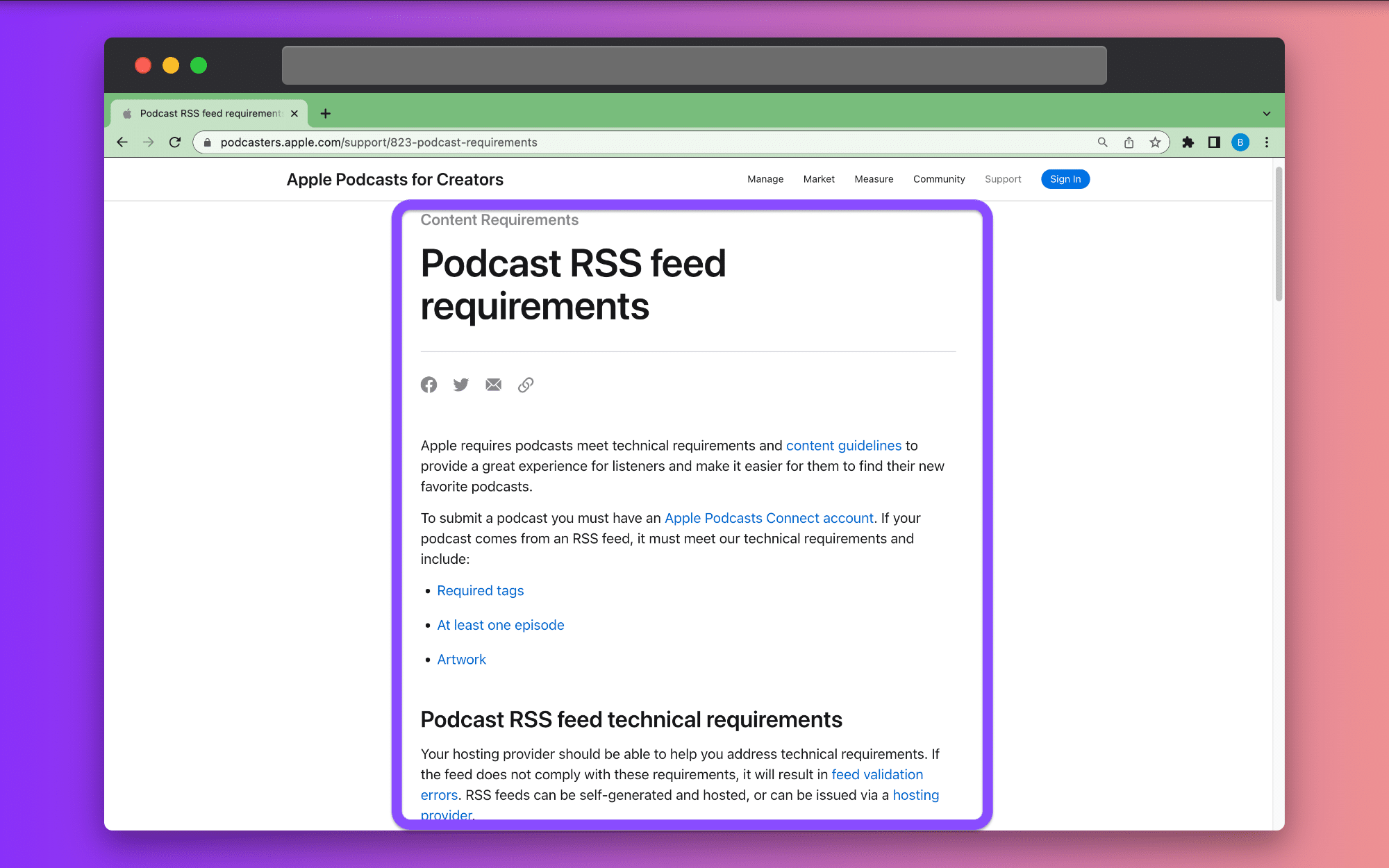
To submit your podcast to Apple Podcasts, you must provide the podcast’s RSS feed to the Apple Podcasts library.
Google Podcasts is another important directory, as it automatically aggregates podcast content and displays podcast episodes in search results.
Submit your podcast directly through Google Podcasts Manager to ensure your episodes are easily discoverable by users searching for content related to your podcast.
Apple Podcasts
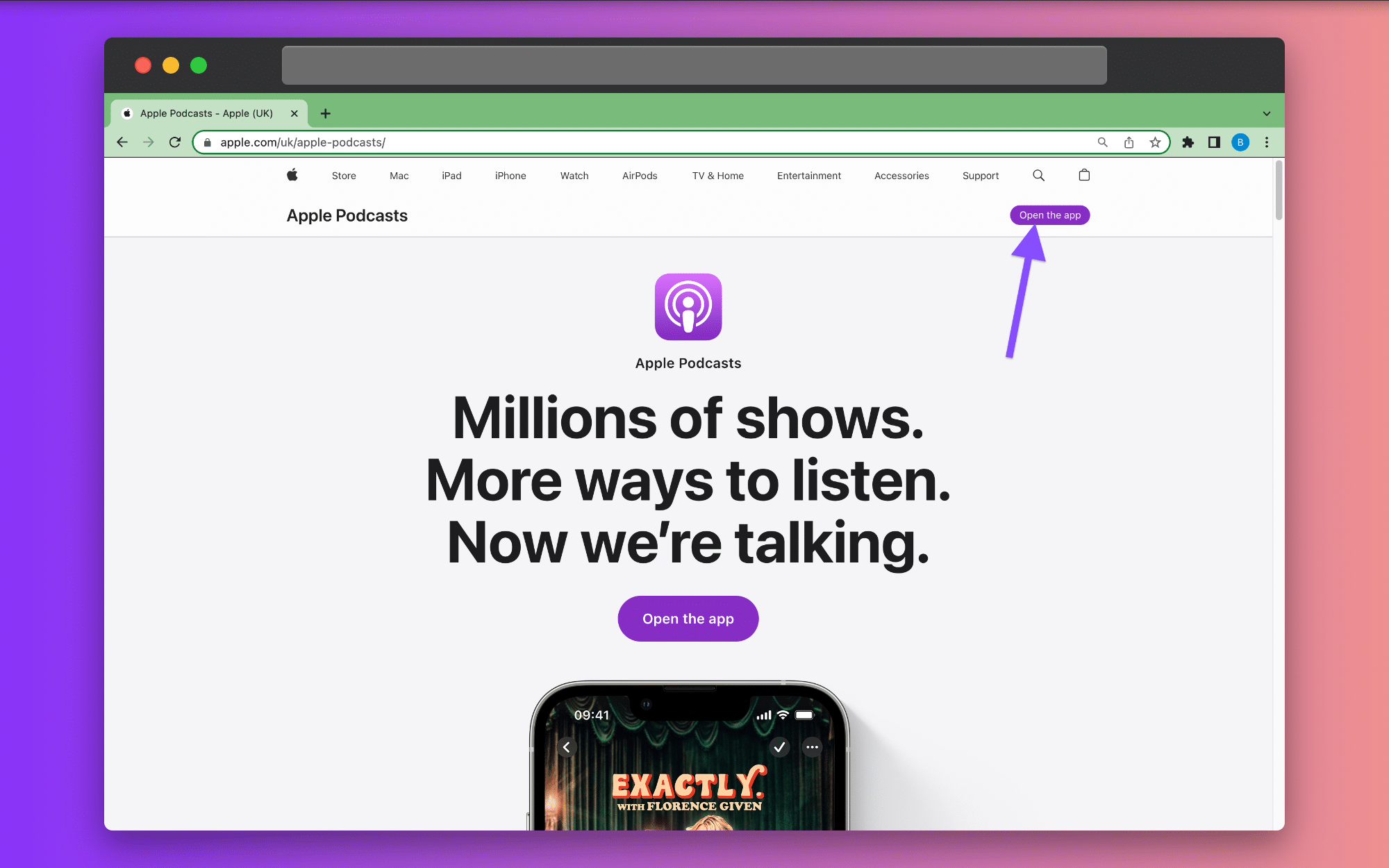
As the largest podcast directory, Apple Podcasts plays a significant role in your podcast’s success.
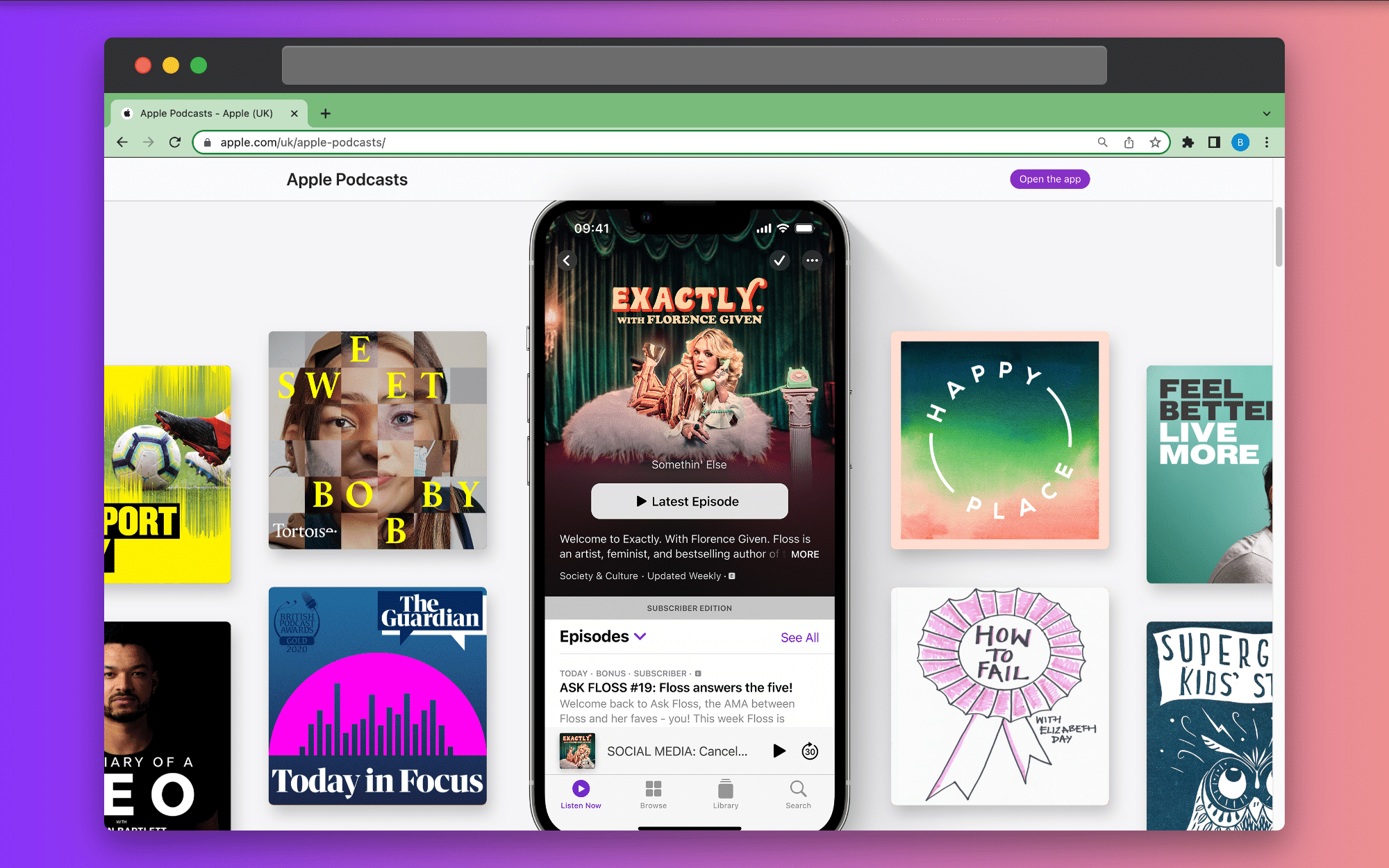
With a user base spanning millions of listeners, having your podcast listed on Apple Podcasts can greatly increase your visibility and audience reach.
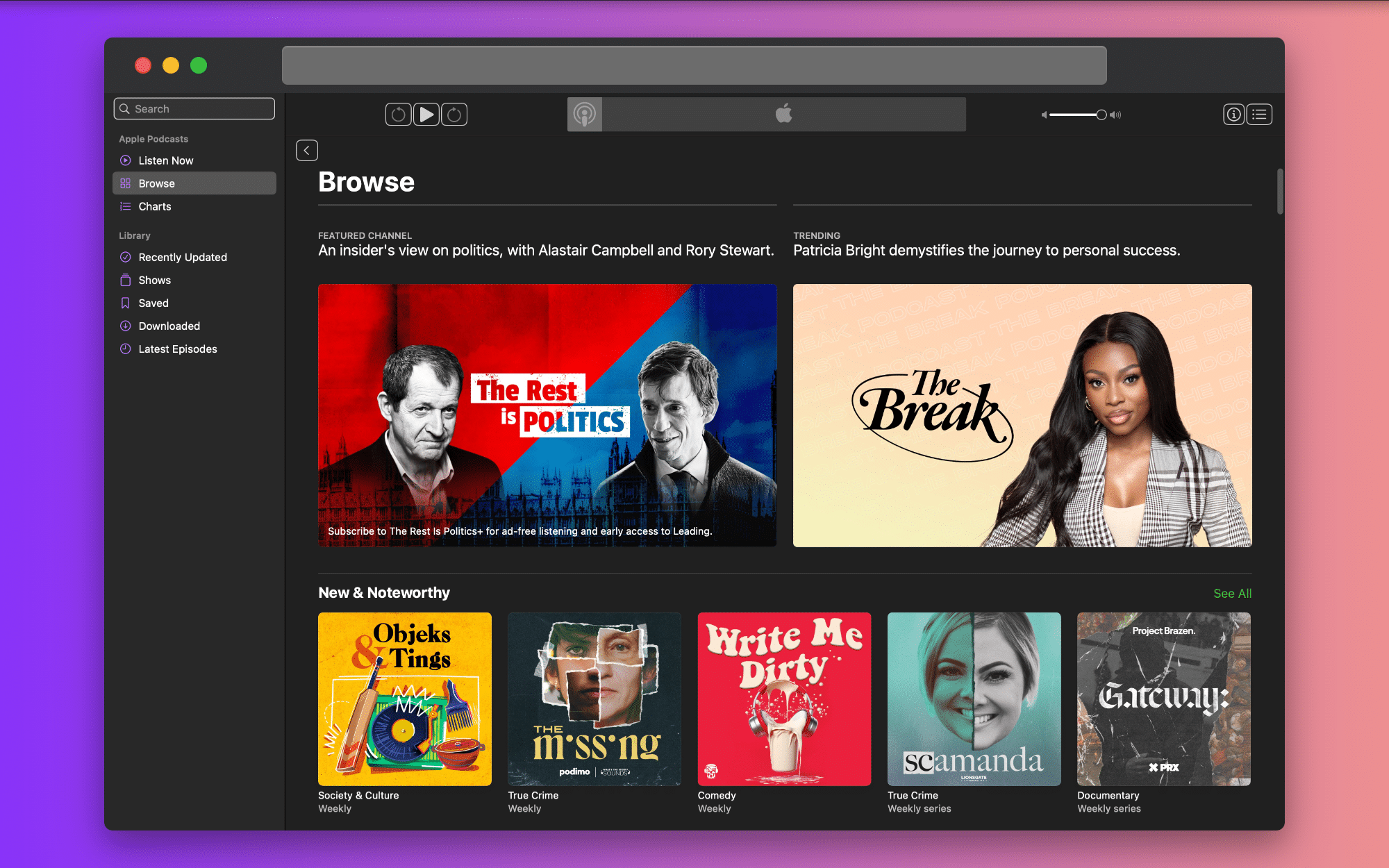
Many popular podcast apps, such as Overcast and Castbox, source their content from the Apple Podcasts database, further boosting your podcast’s exposure.
Submitting your podcast to Apple Podcasts is a straightforward process.
All you need to do is provide your podcast’s RSS feed to the Apple Podcasts library.
Typically, Apple processes new podcast submissions within 24 to 72 hours.
Once your podcast is listed on Apple Podcasts, you’ll have access to a larger audience and a higher chance of attracting loyal listeners.
Google Podcasts
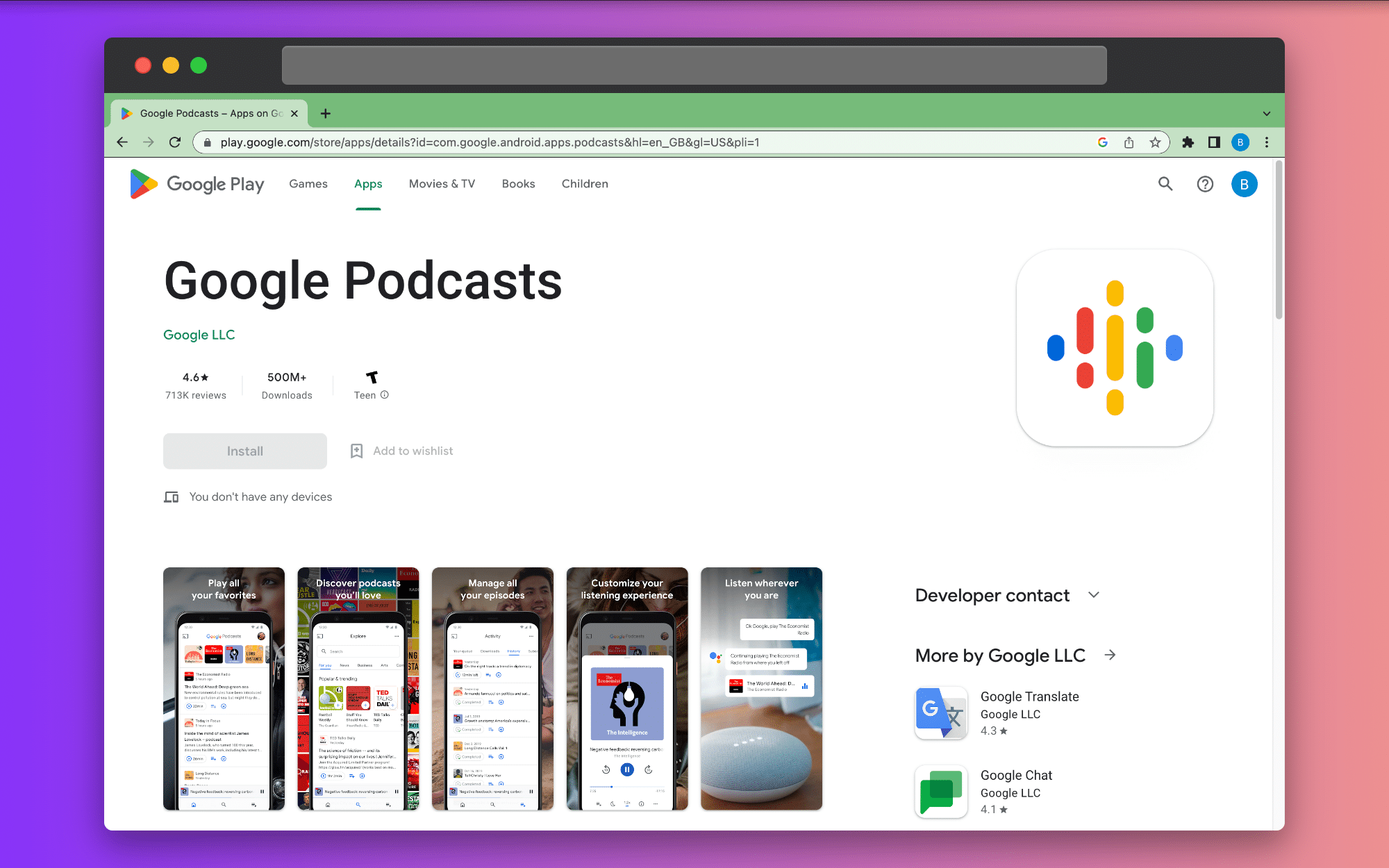
Google Podcasts is another essential directory for podcasters, as it automatically aggregates podcast content and displays episodes in search results.
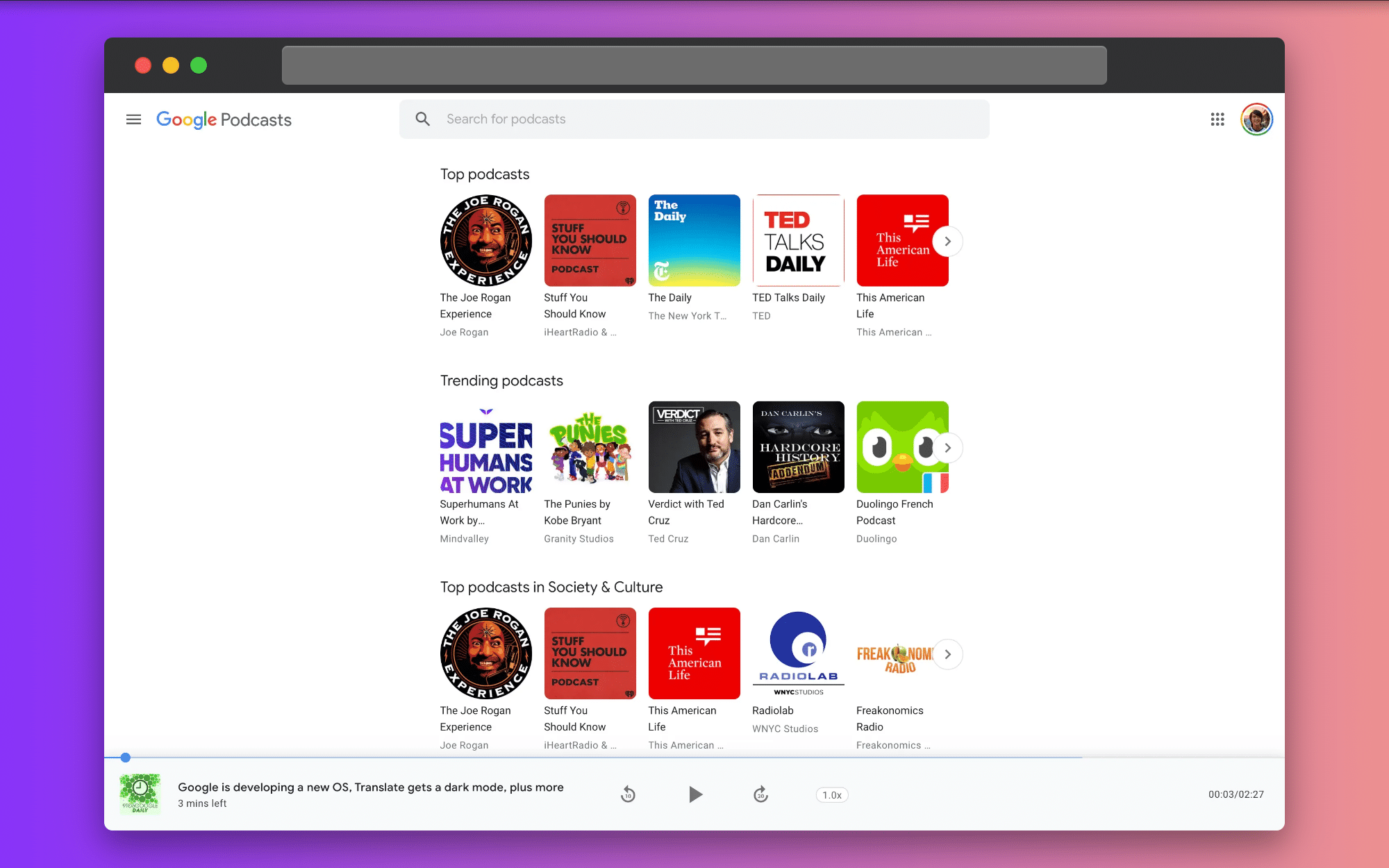
This makes it easier for potential listeners to discover your podcast when searching for related topics.
Google Podcasts is a free podcast directory and streaming app developed by Google for Android and iOS devices, enabling users to discover, stream, and download podcasts without storing podcast feeds or audio files.
With the transition from Google Play Music to other streaming services, Google Podcasts has become a popular choice for podcast enthusiasts.
Submitting your podcast to Google Podcasts is simple.
You can submit your podcast directly through Google Podcasts Manager, ensuring your episodes are easily discoverable by users searching for content related to your podcast.
By listing your podcast on Google Podcasts, you’ll increase your podcast’s visibility and reach a wider audience.
Spotify
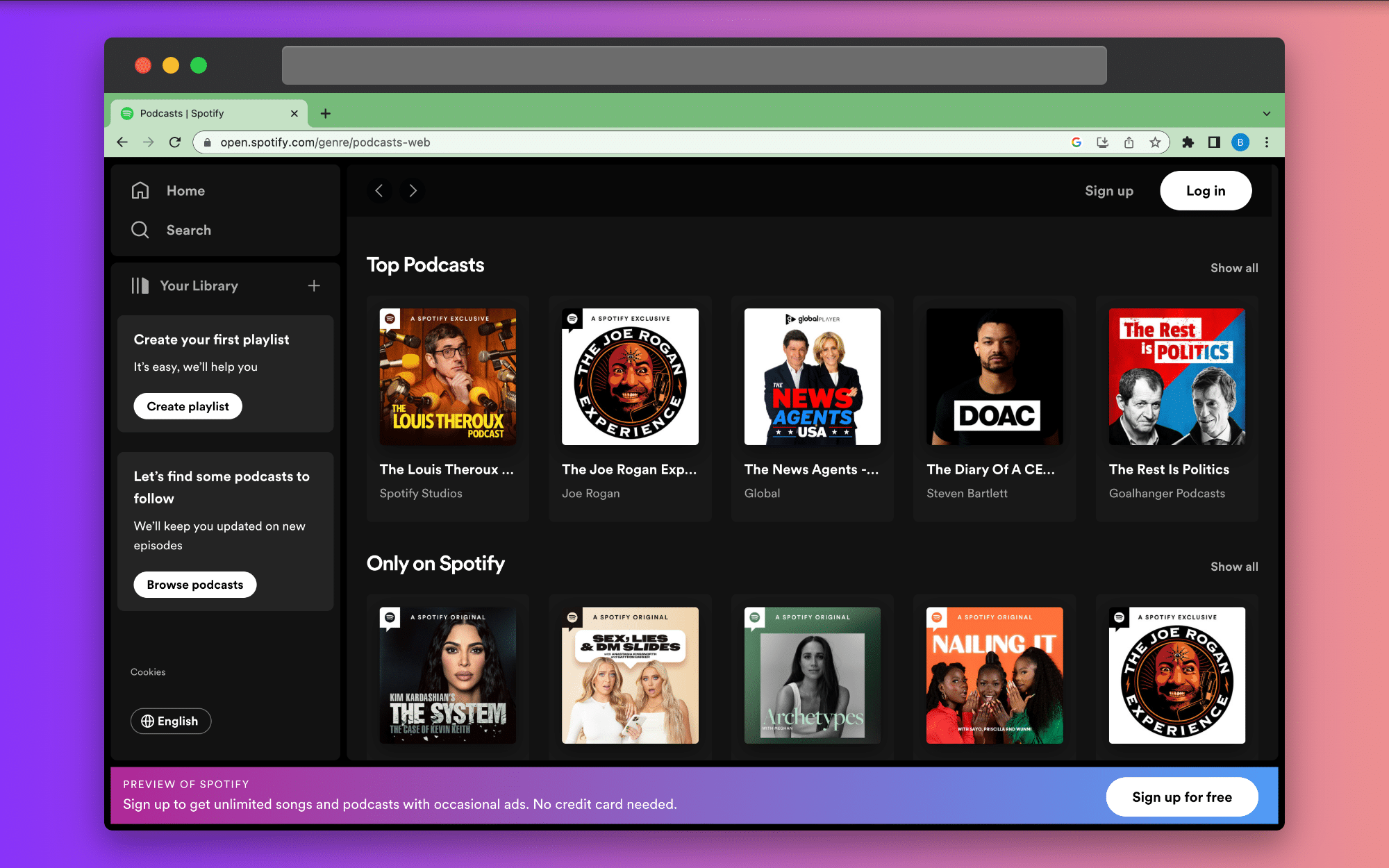
Spotify is quickly becoming one of the most popular podcast directories, boasting a massive user base of 271 million monthly active users.
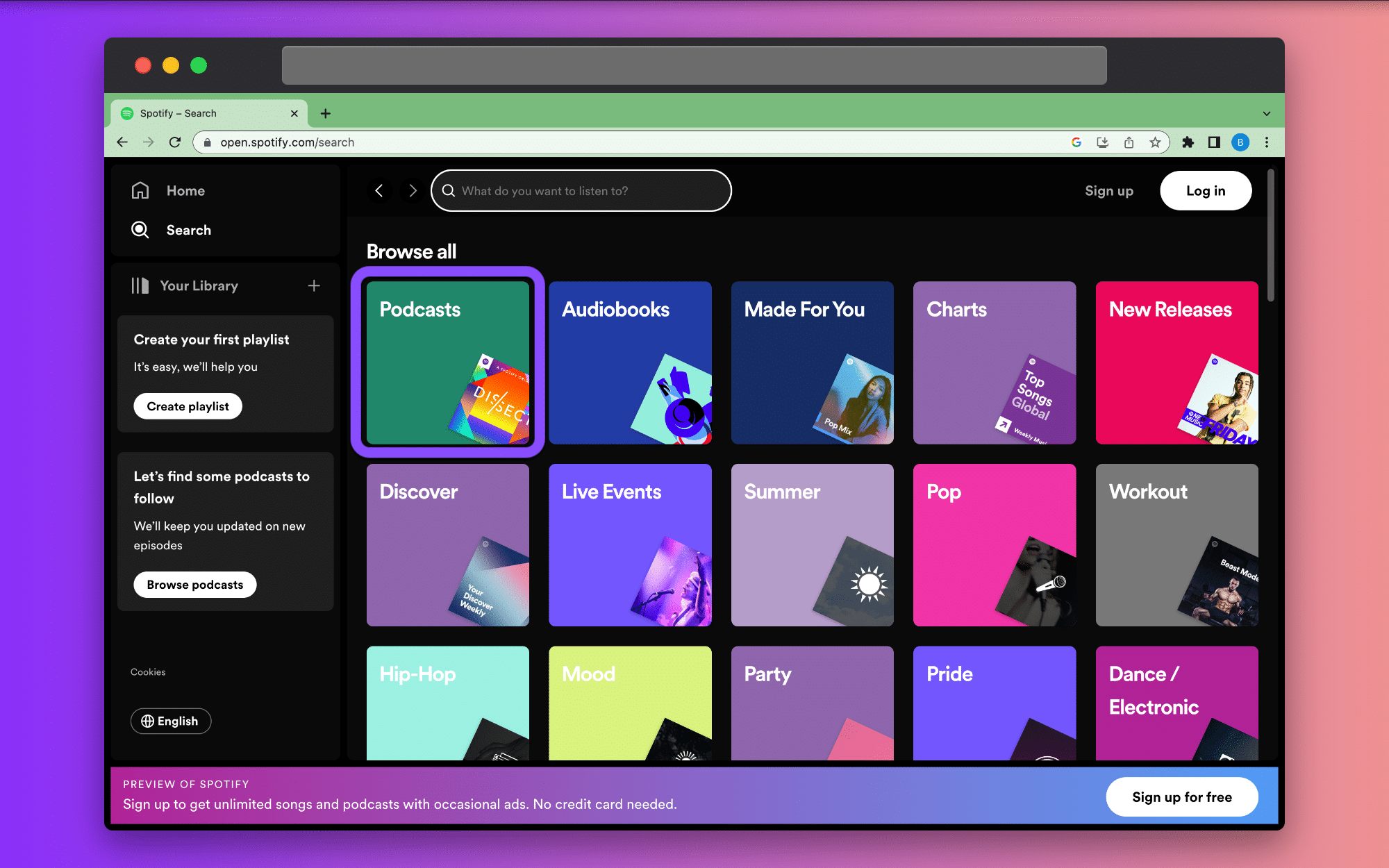
Listing your podcast on Spotify can significantly increase your podcast’s visibility and audience reach.
Spotify is also an excellent platform for video podcasts, as it allows podcasters to record in high-quality formats and distribute their content to a large audience.
Submitting your podcast to Spotify is easy.
All you need to do is follow a few simple steps. You can either use a podcast hosting platform that supports Spotify distribution or submit your podcast directly through Spotify’s own submission portal.
Once your podcast is listed on Spotify, you’ll have access to a large, growing audience of podcast listeners who can easily discover and enjoy your content.
Additional Podcast Directories Worth Considering

While Apple Podcasts, Google Podcasts, and Spotify are the top players in the podcast directory landscape, there are several additional directories worth considering.
These platforms can help you reach more loyal fans and expand your podcast’s reach.
Some of these directories include Podcast Republic, AntennaPod, doubleTwist, Podcast Addict, BeyondPod and Acast.
Each of these directories offers unique features that cater to different podcasting needs and user preferences.
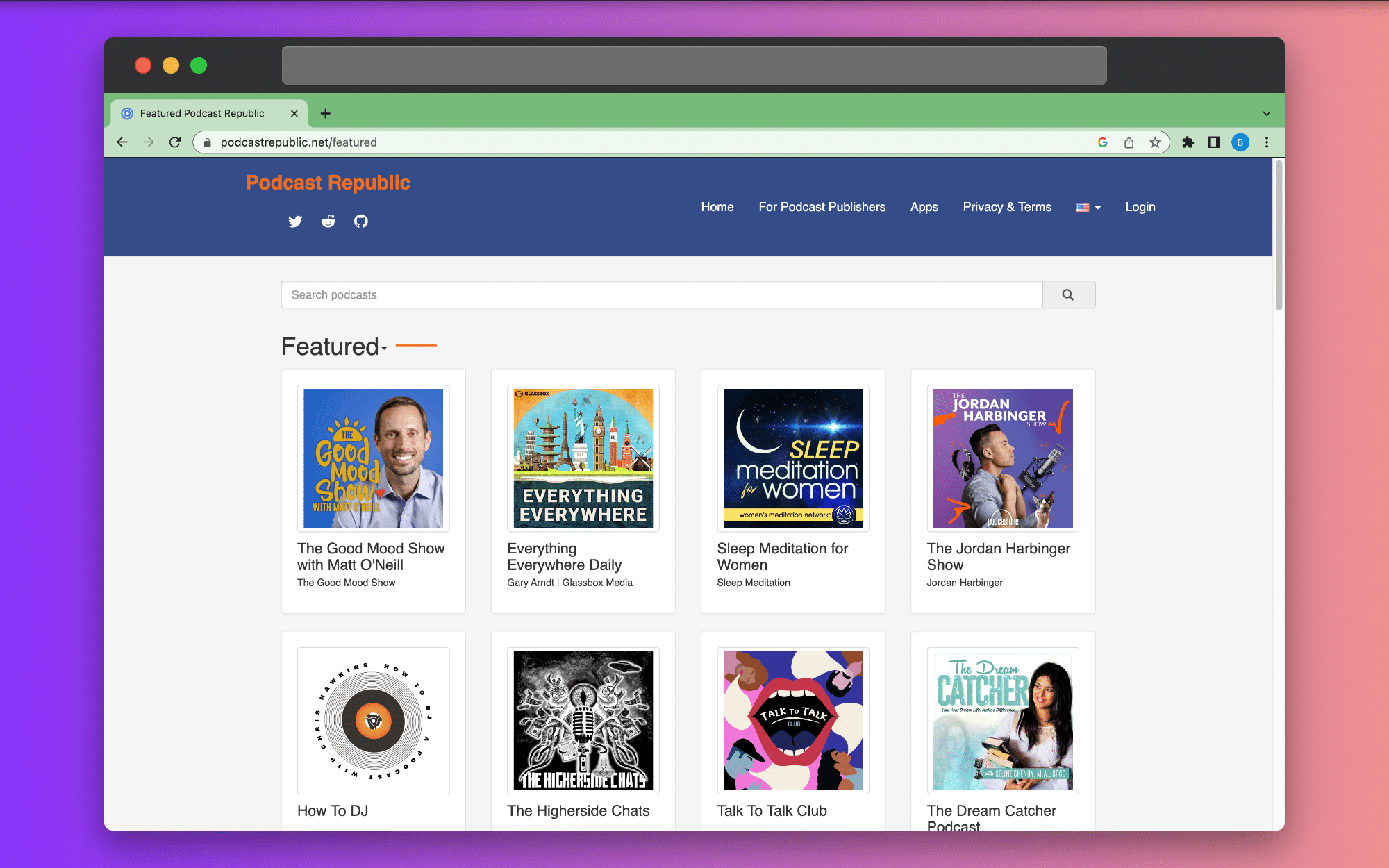
For example, Podcast Republic provides the opportunity to be featured in their chart of podcasts, while BeyondPod allows users to create custom categories and playlists.
By submitting your podcast to these additional directories, you can maximize your podcast’s visibility and increase your chances of reaching dedicated podcast listeners.
In conclusion, submitting your podcast to multiple directories is an essential step in expanding your audience and increasing your podcast’s visibility.
By listing your podcast on various platforms such as Apple Podcasts, Google Podcasts, Spotify, and the additional directories mentioned above, you can tap into a vast pool of potential listeners and grow your podcast’s reach.
Stitcher
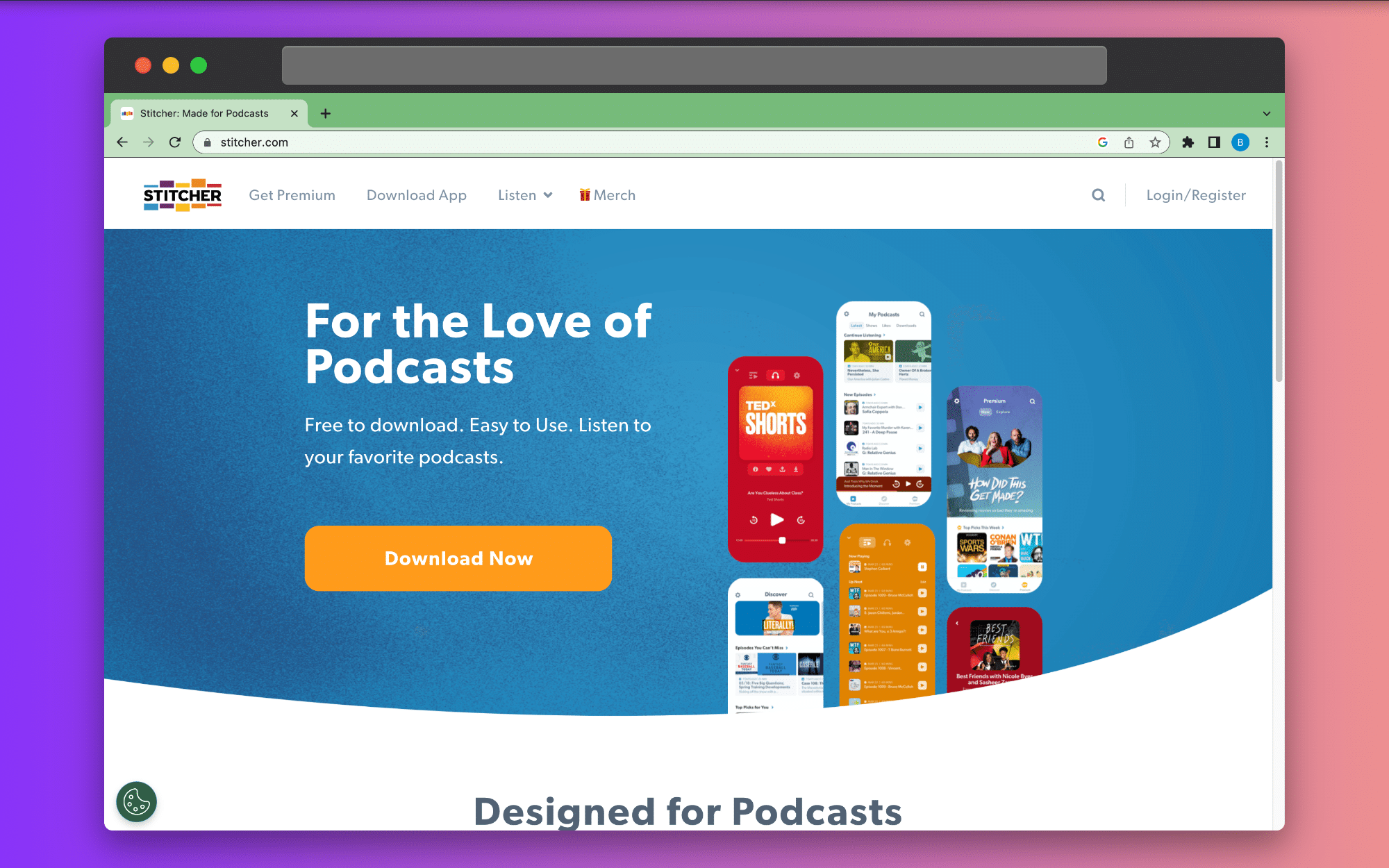
Stitcher is another popular podcast listening platform and directory that offers analytical tools tailored to their platform and is integrated into more than 50 car models.
This makes it an attractive platform for podcasters looking to reach a diverse audience, including those who listen to podcasts during their daily commutes.
By submitting your podcast to Stitcher, you can take advantage of their analytical tools and increase your podcast’s visibility among car users.
TuneIn
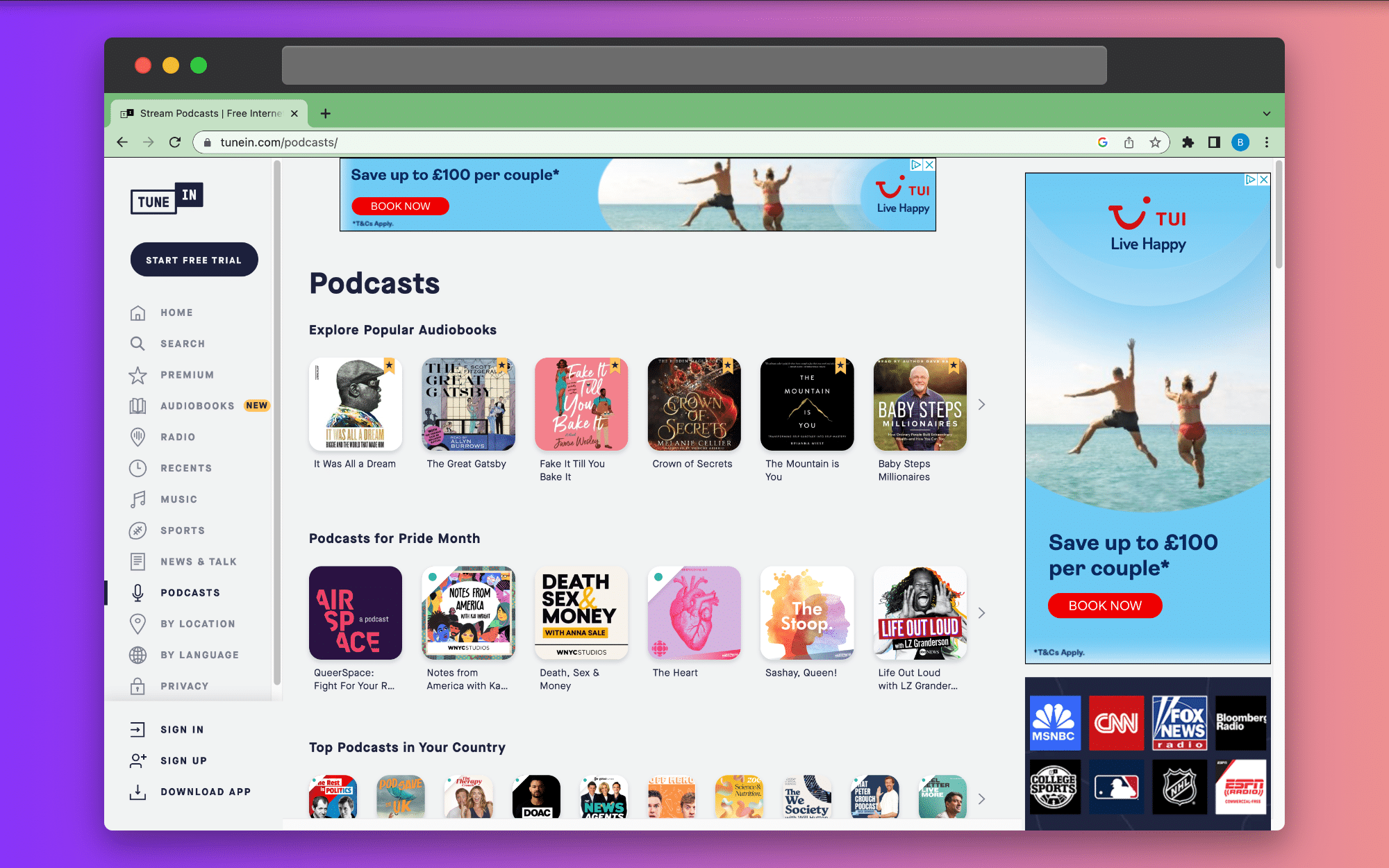
TuneIn is a global audio streaming service offering news, radio, sports, music, and podcasts to over 75 million monthly active users.
As a popular radio platform, TuneIn attracts a large number of podcast listeners who are already engaged in audio content consumption.
Submitting your podcast to TuneIn can help you tap into this audience and expand your podcast’s reach.
Simply fill out the provided form with your RSS URL and other requested information to submit your podcast to TuneIn.
Podchaser
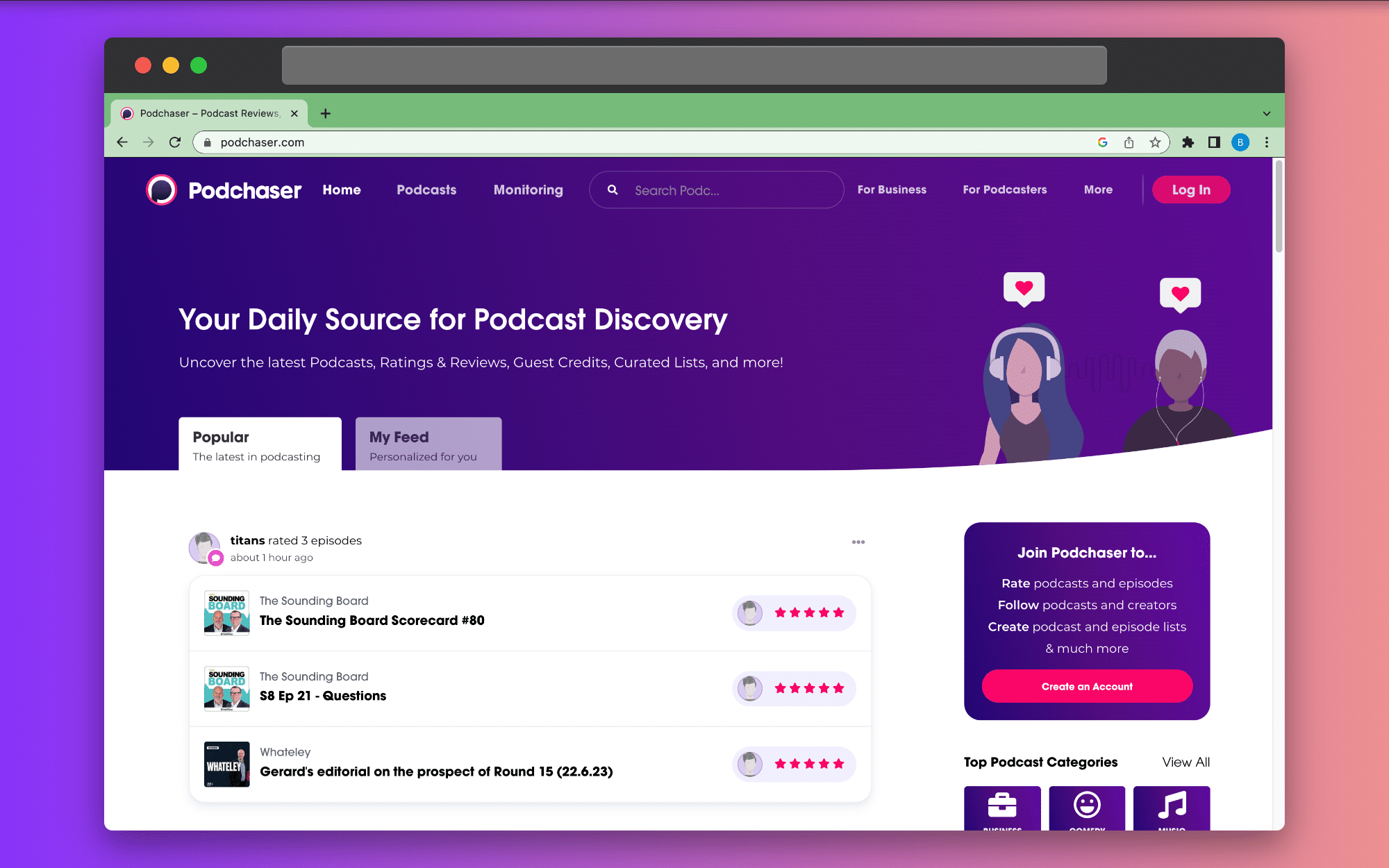
Podchaser is a podcast discovery and rating platform that offers users the ability to discover new shows, rate and review episodes, and create lists of their favorites.
As a database for podcasts, Podchaser allows listeners to filter content by category and lists, making it easier for potential fans to discover your podcast.
To submit your podcast to Podchaser, create a creator profile and follow the instructions to complete your profile and submit your RSS link.
By listing your podcast on Podchaser, you can gain valuable feedback and ratings from listeners, helping you improve and grow your show.
Submitting Your Podcast to Multiple Directories
Submitting your podcast to multiple directories is essential to expand your audience and increase your podcast’s visibility.
While you can submit your RSS feed to each directory individually, one-click submission tools can save you time and effort by submitting your podcast to multiple directories at once.
Examples of these tools include Buzzsprout, Castos, and several podcast hosting services.
To use one-click submission tools, simply log in to the tool of your choice and follow the provided instructions to submit your podcast to multiple directories.
Additionally, you can use the tool to monitor your podcast’s performance across multiple directories, granting you greater insight into how your podcast is faring.
Creating and Managing Your Podcast RSS Feed
An RSS feed is a web format that allows users to publish information that can be updated with content and relevant metadata, such as episode titles, author names, and descriptions.
Creating an RSS feed is essential for distributing your podcast to directories and making it accessible to listeners.
You can create an RSS feed by utilizing a podcast hosting platform or constructing an XML file manually. Once created, you can find your RSS feed URL, which is needed for podcast distribution.
Managing your podcast’s RSS feed involves updating the content and metadata, such as episode titles, author names, and descriptions.
A podcast hosting platform can facilitate the management of the RSS feed, ensuring that your podcast remains up-to-date and easily discoverable by listeners.
One-Click Submission Tools
One-click submission tools are an excellent solution for podcasters looking to save time and effort when submitting their podcast to multiple directories at once.
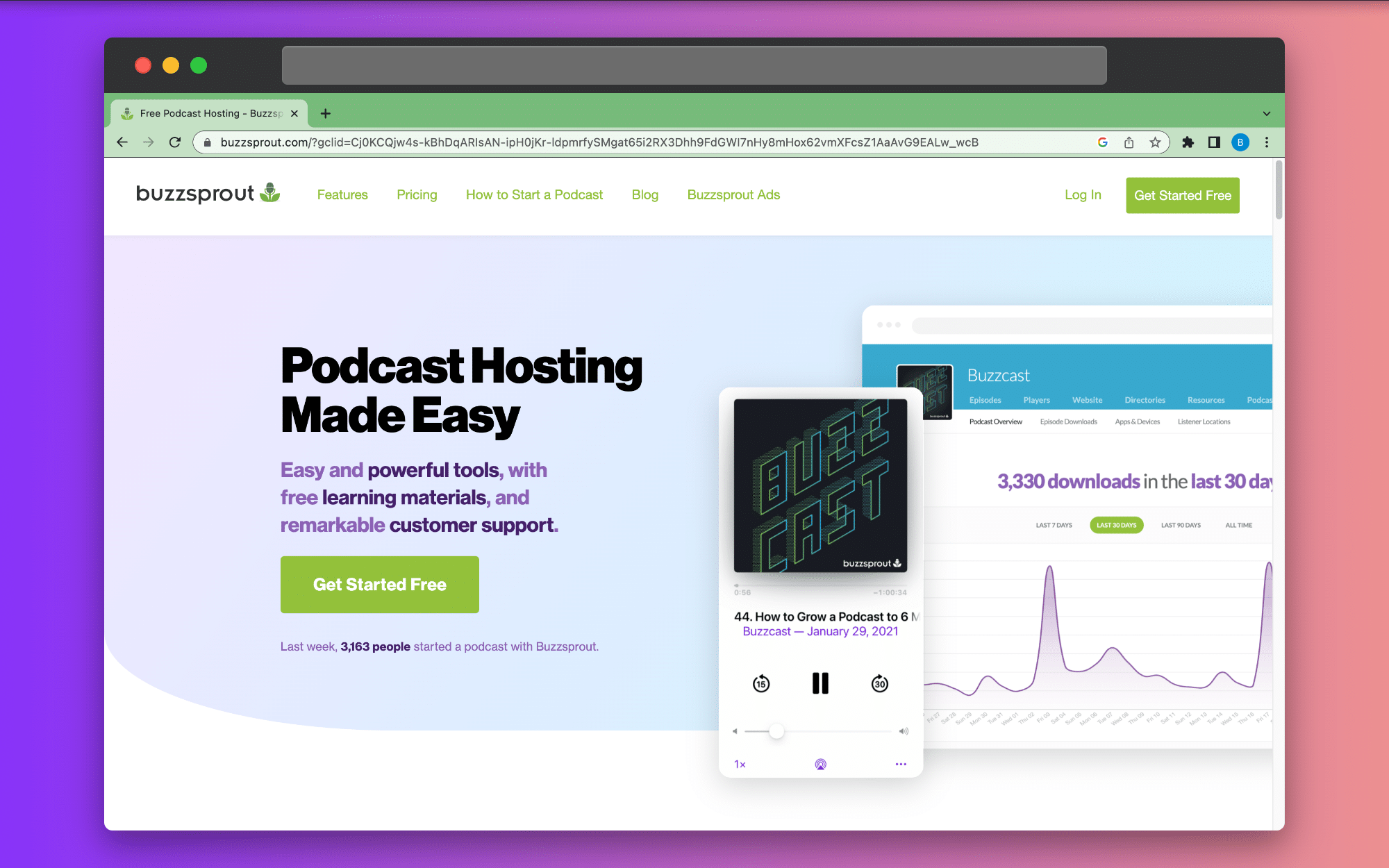
These tools, such as Buzzsprout, Castos, and several podcast hosting services, enable you to conveniently submit your podcast to multiple directories in one go.
This not only saves you time, but also provides you with the ability to track your podcast’s performance across multiple directories, granting you greater insight into how your podcast is faring and helping you make informed decisions to improve your show.
Integrating Your Podcast into Your Website

Integrating your podcast into your website is an excellent way to make your content accessible to your audience directly from your own site.
One way to achieve this is by using a podcast hosting platform to create an RSS feed for your podcast and integrate it into your website.
This will enable your website visitors to conveniently access your podcast episodes and keep up-to-date with your latest content.
Another way to integrate your podcast into your website is by embedding a podcast player on your site.
This can be done using an embed code provided by your media host or a free podcast embed player such as the one provided by Acast.
By embedding a podcast player on your website, you provide your visitors with a straightforward way to access your podcast and encourage them to explore your content further.
Embedding Podcast Players on Your Website
Embedding podcast players on your website can be a simple and effective way to make your podcast accessible to your audience.
To do this, access your podcast dashboard and locate the “Embeddable Player” option under “Distribution”. Customize the player and copy the embed code to paste onto your website.
Be mindful of potential compatibility issues when embedding podcast players on WordPress.com sites, as certain types of embeds may be restricted, and some podcast players may not be compatible with WordPress.com sites.
Creating a Podcast Website or Section
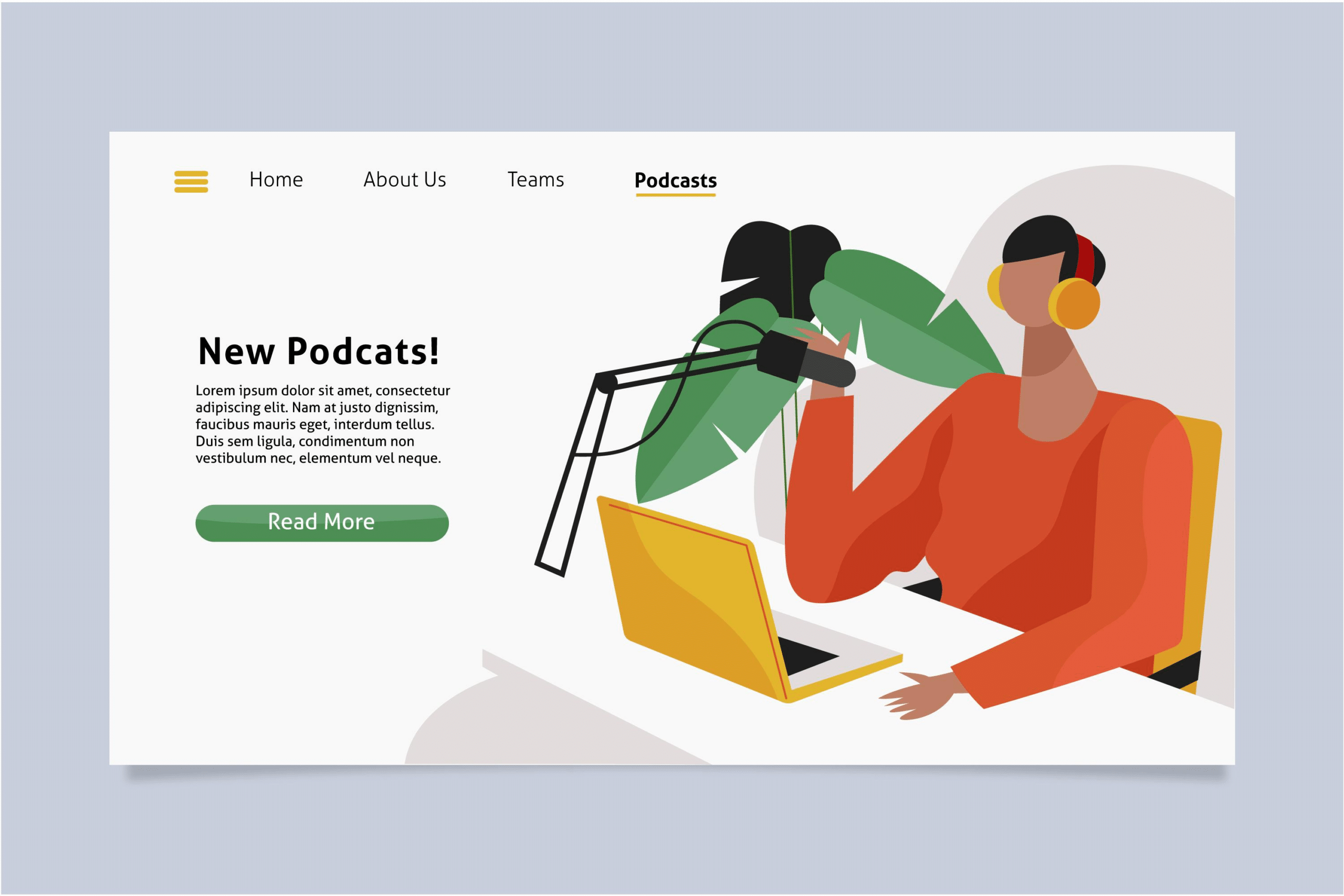
Creating a podcast website or section on your existing website is an effective way to showcase your podcast episodes and make them easily accessible to your audience.
You can either create a separate website entirely dedicated to your podcast, or you can integrate a “Podcast” section within your existing website.
To create a podcast section, simply add a page with a list of podcast episodes and embed the podcast player code provided by your media host or a free podcast embed player like Acast.
This will allow your website visitors to easily access your podcast episodes and stay up-to-date with your latest content.
Monetizing and Promoting Your Podcast

Monetizing and promoting your podcast is crucial for its growth and success.
There are various strategies you can employ to generate revenue and increase your podcast’s reach. Securing sponsorships and incorporating advertising are two possible approaches for monetizing your podcast.
To promote your podcast, you can submit it to multiple directories, create and manage your podcast RSS feed, integrate your podcast into your website, and embed podcast players on your website.
Sponsorships and advertising can be a great way to generate revenue from your podcast.
By partnering with sponsors, you can promote their products or services in your episodes and receive payment based on the number of downloads your episodes receive.
To find sponsors, consider joining a network, pitching directly to brands, utilizing a podcast ad marketplace, or partnering with a sponsor-finding service such as Podcorn.
Cross-promotion and collaboration are other effective strategies for promoting your podcast and expanding your audience.
By partnering with other podcasters and promoting each other’s content, you can tap into their audience and gain more listeners.
Consider advertising one another’s shows, being a guest on each other’s podcasts, or collaborating on special episodes to boost brand awareness and generate additional revenue.
Sponsorships and Advertising

Finding sponsors and advertising your podcast can be a viable way to monetize your content and generate revenue.
To secure sponsorships, create a comprehensive pitch that outlines the benefits of sponsoring your podcast, such as the value it provides to the sponsor and the size and engagement of your audience.
Include metrics such as the number of downloads to demonstrate the potential return on investment for the sponsor.
Alternatively, you can explore podcast ads marketplaces or collaborate with a sponsor-finding service such as Podcorn to find suitable sponsors for your podcast.
Cross-Promotion and Collaboration

Collaborating with other podcasters and using cross-promotion to grow your audience can be highly effective.
By working together, you can tap into each other’s audiences and increase your podcast’s reach, visibility, and listener base.
Consider partnering with other podcasters, advertising one another’s shows, or being a guest on each other’s podcast to boost brand awareness and generate additional revenue.
This approach can help you build a network within the podcasting community, opening up opportunities for further collaboration and growth.
Summary
In conclusion, navigating the world of podcast directories, hosting platforms, and promotion strategies can be overwhelming, but with the right tools and knowledge, you can maximize your podcast’s reach and success.
By submitting your podcast to multiple directories, choosing the right hosting platform, and employing effective monetization and promotional tactics, you can tap into a vast audience of dedicated podcast listeners and embark on a fruitful podcasting journey.
Frequently Asked Questions
Where should you publish podcasts?
For successful podcast distribution, you should consider using the most popular streaming services such as Apple Podcasts (formerly iTunes), Google Podcasts, Spotify, Stitcher, Podchaser, TuneIn, iHeartRadio, and Pandora.
By utilizing these services, your podcasts will reach a wide audience of listeners.
Where can I host my podcast for free?
If you’re looking for the best free podcast hosting platform, then Spotify for Podcasters, Acast, Pinecast, Podomatic, Buzzsprout, Spreaker, and Podbean are all great options to consider.
Each has its own set of features, so choose one that fits your needs.
Where do most people get their podcasts?
Most people get their podcasts from either Spotify or Apple Podcasts, with one in four podcast listeners using Spotify and one in five using Apple Podcasts.
As of April 2023, Spotify had an impressive 515 million listeners.
What is the most popular podcast platform?
Based on surveys and research, it is clear that YouTube is the most popular podcast platform among US listeners.
With one-third of all podcast listeners utilizing the platform, YouTube has established itself as the go-to destination for podcast listening.
What is the difference between podcast directories and hosting platforms?
Podcast directories enable the discovery and consumption of podcast content while hosting platforms facilitate the storage and distribution of audio files.
In other words, podcast directories are where listeners find your show while hosting platforms are what get your episodes into those directories.
For a more in-depth look at becoming a podcaster in 2023, check out A Beginner’s Guide to Creating a Podcast in 2023 – Step-by-Step Guide

